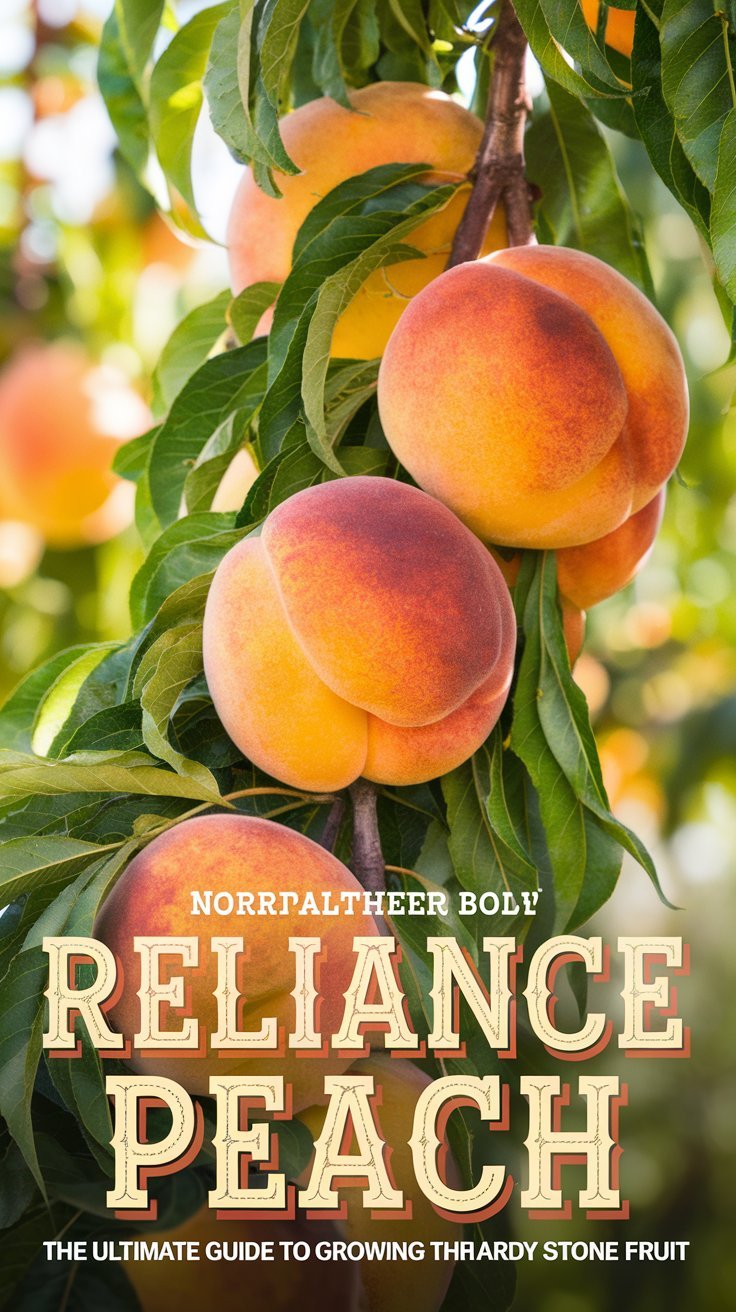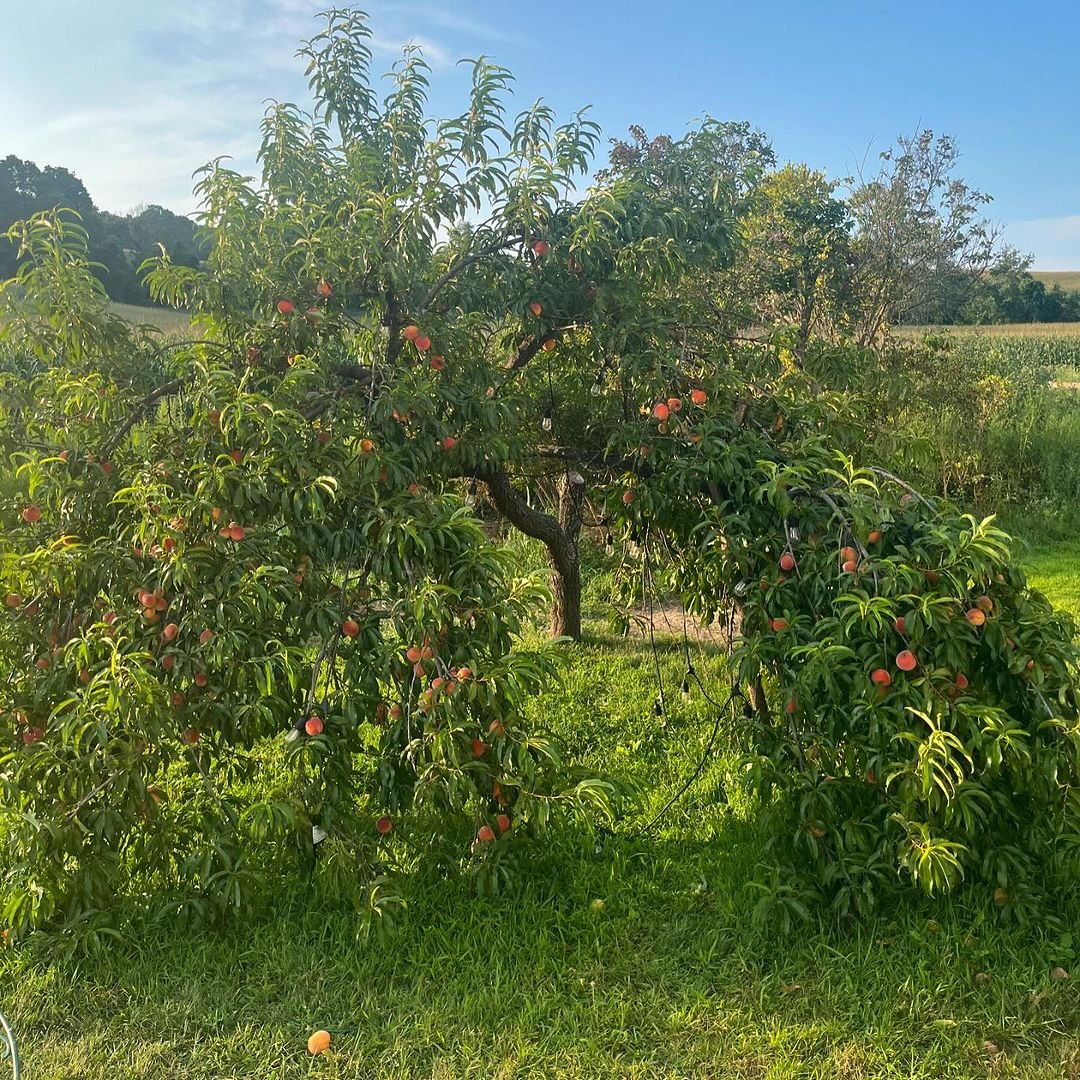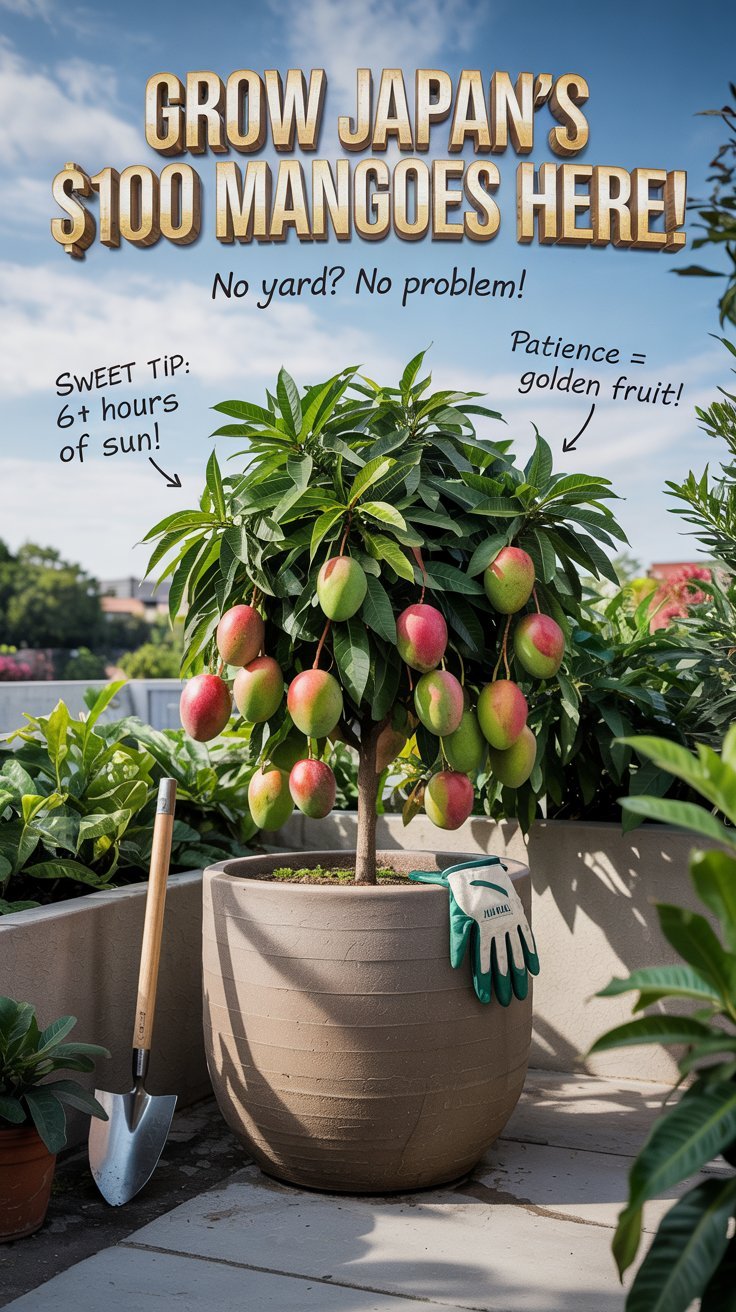Discover how to grow and care for Reliance Peach trees, a cold-hardy variety known for its sweet fruit and disease resistance. Learn expert tips on planting, pruning, and harvesting for bountiful yields.
Reliance Peach is a cold-hardy peach variety that can withstand temperatures as low as -25°F (-32°C). It produces medium-sized, freestone fruits with yellow flesh and a red blush. This variety is known for its sweet flavor, disease resistance, and reliability in bearing fruit, making it ideal for home orchards in colder climates.
As an experienced horticulturist specializing in fruit trees, I’m excited to share my knowledge about the Reliance Peach. This remarkable variety has revolutionized peach growing in colder regions, allowing gardeners in zones 4-8 to enjoy homegrown peaches.
Here’s a comprehensive chart for the Reliance Peach Tree:
| Category | Information |
|---|---|
| Botanical Name | Prunus persica ‘Reliance’ |
| Common Name | Reliance Peach Tree |
| Plant Type | Deciduous, Fruit Tree |
| Hardiness Zone | USDA Zones 4–8 |
| Sun Exposure | Full sun |
| Soil Type | Well-draining, loamy soil |
| Watering | Regular watering, especially during fruit development |
| Growth Habit | Upright, spreading |
| Height/Spread | 12–15 feet tall, 10–12 feet wide |
| Special Features | Cold-hardy, produces sweet, medium-sized peaches, self-pollinating |
Characteristics of Reliance Peach

- Cold hardiness: Withstands temperatures down to -25°F (-32°C)
- Fruit size: Medium, about 2.5 inches in diameter
- Flesh: Yellow, freestone
- Skin: Yellow with a red blush
- Flavor: Sweet with a slight tartness
- Ripening: Mid-season, typically late July to early August
- Self-fertile: Does not require a pollinator
For more detailed information on peach varieties, visit the University of California’s Fruit and Nut Research and Information Center.
Planting Your Reliance Peach Tree

Timing
Plant bare-root trees in early spring as soon as the soil can be worked. Container-grown trees can be planted throughout the growing season.
Location
Choose a spot with:
- Full sun (at least 6 hours of direct sunlight daily)
- Well-draining soil
- Protection from strong winds
- Adequate air circulation to prevent fungal diseases
Soil Preparation
Prepare the soil by:
- Testing the pH (aim for 6.0-6.5)
- Adding organic matter like compost
- Ensuring good drainage
Planting Process
- Dig a hole twice the width of the root ball and as deep
- Place the tree at the same depth it was in the nursery container
- Backfill with soil, water thoroughly
- Add a layer of mulch, keeping it away from the trunk
For a comprehensive guide on planting fruit trees, check out this resource from Penn State Extension.
Caring for Your Reliance Peach Tree
Watering
- Water deeply and regularly during the first growing season
- Once established, provide 1 inch of water per week during dry spells
- Use drip irrigation or soaker hoses for efficient watering
Fertilizing
- Apply a balanced, slow-release fertilizer in early spring
- Avoid over-fertilizing, which can lead to excessive vegetative growth
- Adjust fertilization based on annual soil tests
Pruning
Proper pruning is crucial for peach trees:
- Prune in late winter or early spring before bud break
- Maintain an open center or vase shape for good air circulation
- Remove dead, diseased, or crossing branches
- Thin fruit to improve size and quality
For detailed pruning instructions, visit the Clemson Cooperative Extension’s guide on peach pruning.
Pest and Disease Management
Reliance Peach is resistant to many common peach diseases, but it’s still important to monitor for:
- Peach leaf curl: Apply fungicide in late fall or early spring
- Brown rot: Remove infected fruit and prune for good air circulation
- Peach tree borers: Use pheromone traps or apply insecticide to the trunk
For more information on peach tree diseases, check out this resource from the University of Minnesota Extension.
Harvesting Reliance Peaches
- Harvest when fruits are fully colored and slightly soft to the touch
- Gently twist and pull the fruit; if it doesn’t come off easily, it’s not ready
- Store at room temperature for a few days or refrigerate for up to two weeks
Growing Reliance Peach trees can be a rewarding experience, especially for gardeners in colder climates. With proper care and attention, these hardy trees can provide you with delicious, homegrown peaches for many years. Remember to focus on proper planting, regular maintenance, and appropriate pest management for the best results. Happy growing!
For more in-depth information on peach cultivation, visit the National Gardening Association’s fruit growing guide.
For more gardening tips and plant care guides, visit usagardenhub.com.




2 Comments on “Reliance Peach : The Ultimate Guide to Growing This Hardy Stone Fruit (2024)”